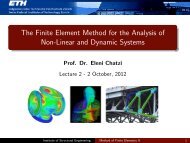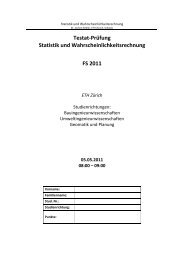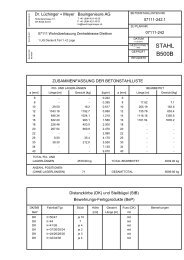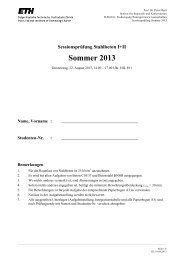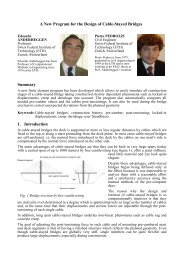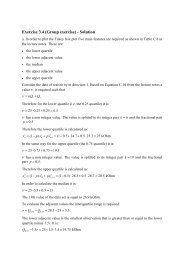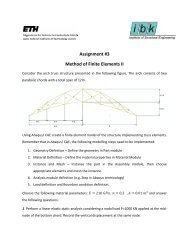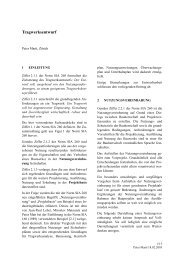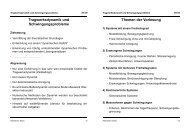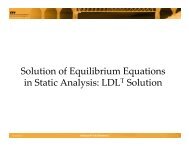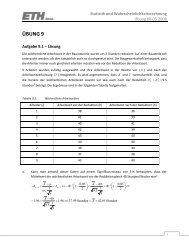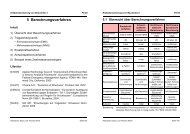The Finite Element Method for the Analysis of Non-Linear and ...
The Finite Element Method for the Analysis of Non-Linear and ...
The Finite Element Method for the Analysis of Non-Linear and ...
Create successful ePaper yourself
Turn your PDF publications into a flip-book with our unique Google optimized e-Paper software.
Definitions used in Contact <strong>Analysis</strong><br />
Let t f IJ : vector <strong>of</strong> contact surface traction on body I due to contact with<br />
body J <strong>the</strong>n t f IJ = − t f JI . Hence, <strong>the</strong> virtual work due to <strong>the</strong> contact<br />
traction can be written:<br />
∫<br />
δu I<br />
S IJ i fi IJ dS IJ +<br />
∫<br />
δu J<br />
S IJ i fi JI dS JI =<br />
∫<br />
δu IJ<br />
S IJ i fi<br />
IJ dS IJ<br />
where<br />
where<br />
δu IJ<br />
i = δu I i − δu J i<br />
We call <strong>the</strong> pair <strong>of</strong> surfaces S IJ , S IJ a contact surface pair.<br />
S IJ is named <strong>the</strong> ”contactor surface” <strong>and</strong><br />
S JI is named <strong>the</strong> ”target surface”<br />
Hence, <strong>the</strong> right h<strong>and</strong> side <strong>of</strong> <strong>the</strong> previous eqn represents <strong>the</strong> virtual work<br />
<strong>of</strong> <strong>the</strong> contact tractions over <strong>the</strong> relative virtual displacements δu I i , δuJ i<br />
Institute <strong>of</strong> Structural Engineering <strong>Method</strong> <strong>of</strong> <strong>Finite</strong> <strong>Element</strong>s II 36



